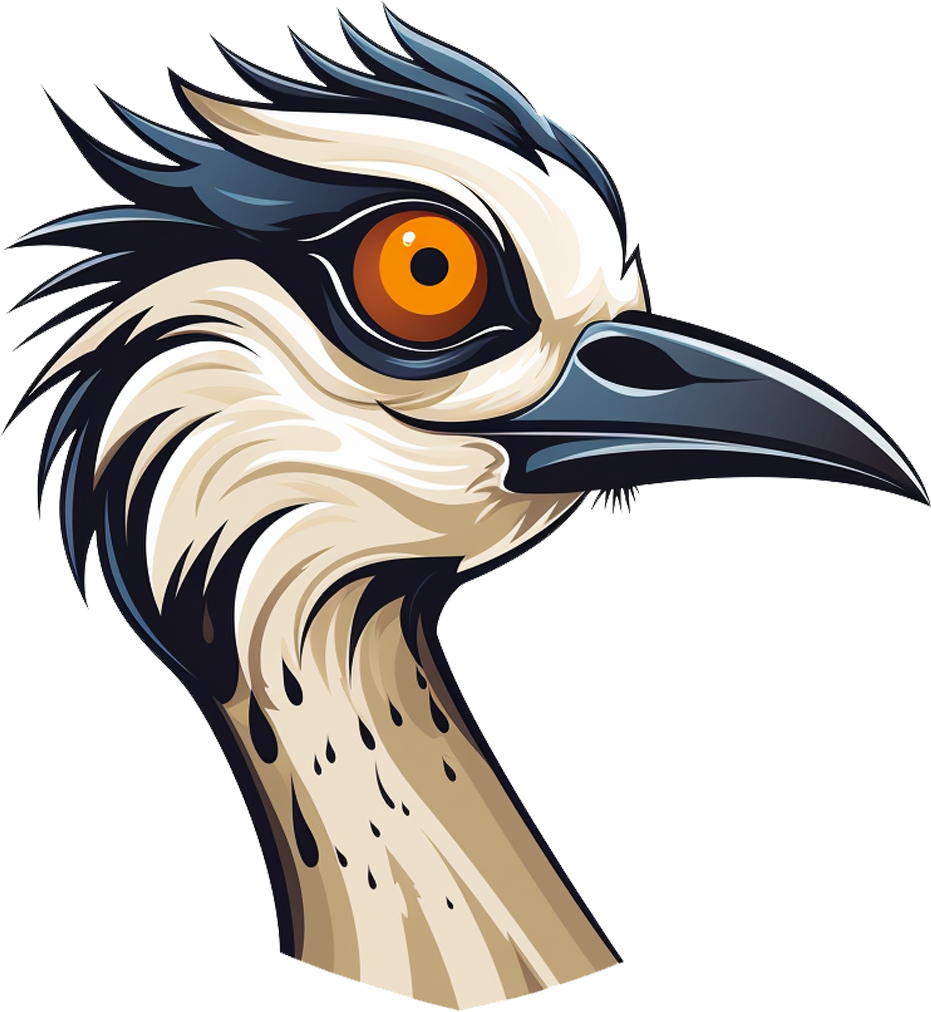Fuerteventura, one of the Canary Islands, is not just a destination for sun, sea, and sand; it is also a paradise for bird enthusiasts. The canary is even named after this group of islands, and one of the bird you can spot in the wild. The island offers an array of habitats for birds that are either endemic, migratory, or just passing through. In this blog post, we will delve into the fascinating world of Fuerteventura’s avian residents.
The Lay of the Land
Before I tell you which birds you can spot, it’s essential to understand the geography of Fuerteventura. The island has varying landscapes, which mostly are volcanic rocks, coastal cliffs, and scrublands. Each of these ecosystems provides a unique habitat for different bird species.
Feathered Residents
Houbara Bustard
The Houbara Bustard is one of the most iconic birds of Fuerteventura. This ground-dwelling bird is a spectacle to watch, especially during its courtship dance. Conservation efforts are in place to preserve its dwindling numbers.
Fuerteventura Stonechat
A bird that is endemic to the island is the Fuerteventura Stonechat. It’s a petite bird, easily identifiable by its black head and orange chest. Spotting this bird is a real treat for any ornithologist and not the easiest task.
Egyptian Vulture
Also known as the Pharaoh’s Chicken, the Egyptian Vulture can be observed soaring high above the cliffs. This scavenger bird plays a crucial role in the ecosystem, cleaning up carrion and waste. During mating season it is not allowed to climb some of the volcanoes, such as Gayria, because this can disturb the nests. To spot this bird you regularly have to look up in the sky.
Trumpeter Finch
The Trumpeter Finch is a delight to both see and hear. Its cheerful, trumpet-like calls fill the air, particularly during mating season. This bird loves rocky terrains and is most commonly found in the southern parts of the island.
Raven
The black raven is one of my favorite birds and this animal is not hard to spot. If you enjoy watching the chipmunks in the mountains near Betancuria, you will spot these beautiful birds at almost every viewing point like Mirador Morro Velosa. They will eat out of your hand if you bring an apple and sit really still.
Canary
The canary is named after this group of islands, and it has a green and yellow coat. The mostly eat small seeds. Unfortunately there aren’t many canaries on the island, so you will be very lucky if you spot on.
Migratory Visitors
Fuerteventura also acts as a layover for migratory birds, including the Ruddy Shelduck and various species of waders. These birds take a pit stop on the island as they make their way from Europe to Africa, or vice versa.
Birdwatching Tips
- Timing: The best time for birdwatching varies depending on the species you wish to observe. Early mornings are usually ideal for spotting a variety of birds.
- Equipment: Bring a good pair of binoculars and a camera with a strong zoom lens if you wish to document your sightings.
- Guided Tours: Consider hiring a local guide who knows the ins and outs of the island’s bird habitats.
- Conservation: Always follow ethical birdwatching practices, like keeping a respectful distance and not disturbing the animals.
List of Birds
Resident Birds
- Houbara Bustard
- Fuerteventura Stonechat (endemic)
- Egyptian Vulture
- Trumpeter Finch
- Barbary Falcon
- Lesser Short-toed Lark
- Berthelot’s Pipit
- Spectacled Warbler
- Canary Islands Chiffchaff
Migratory Birds
- Ruddy Shelduck
- Osprey
- Black-winged Stilt
- Grey Heron
- Eurasian Spoonbill
- Common Sandpiper
- Whimbrel
- Sanderling
- Yellow-legged Gull
- Cory’s Shearwater
- European Bee-eater
Seasonal Visitors
- Eurasian Hoopoe
- Common Tern
- Black Kite
- Barn Swallow
- Northern Wheatear
- European Robin
- Meadow Pipit
Conclusion
Whether you’re an expert ornithologist or someone who just loves to experience nature, Fuerteventura has something for every bird lover. The island’s unique geography and conservation efforts provide a haven for both endemic and migratory species, making it a must-visit for anyone interested in avian life.

